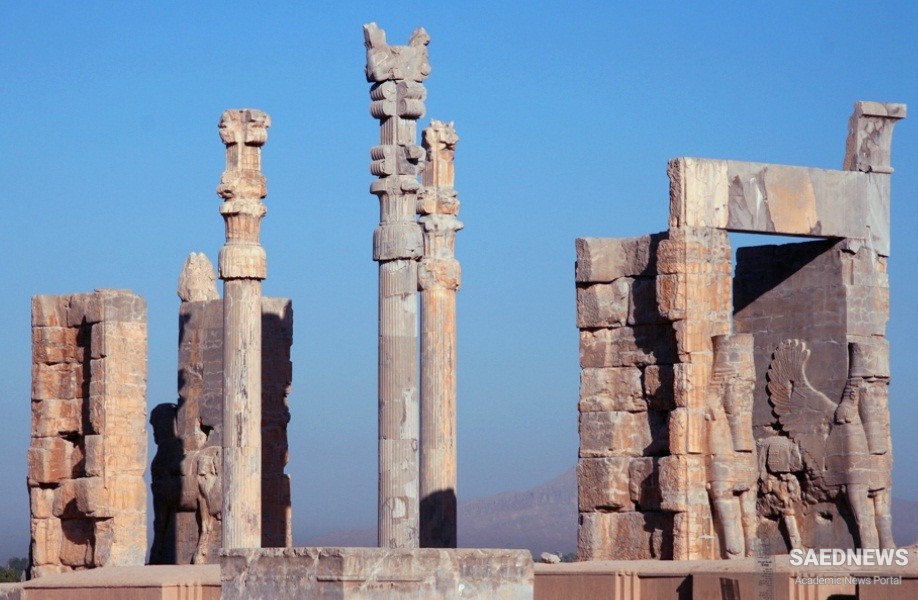The early history of Iran may be divided into three phases: (1) the prehistoric period, beginning with the earliest evidence of humans on the Iranian plateau (c. 100,000 BC) and ending roughly at the start of the 1st millennium BC, (2) the protohistoric period, covering approximately the first half of the 1st millennium BC, and (3) the period of the Achaemenian dynasty (6th to 4th century BC), when Iran entered the full light of written history. The civilization of Elam, centred off the plateau in lowland Khūzestān, is an exception, for written history began there as early as it did in neighbouring Mesopotamia (c. 3000 BC).
The sources for the prehistoric period are entirely archaeological. Early excavation in Iran was limited to a few sites. In the 1930s archaeological exploration increased, but work was abruptly halted by the outbreak of World War II. After the war ended, interest in Iranian archaeology revived quickly, and, from 1950 until archaeological study was dramatically curtailed after 1979, numerous excavations revolutionized the study of prehistoric Iran.
For the protohistoric period the historian is still forced to rely primarily on archaeological evidence, but much information comes from written sources as well. None of these sources, however, is both local and contemporary in relation to the events described. Some sources are contemporary but belong to neighbouring civilizations that were only tangentially involved in events in the Iranian plateau—for example, the Assyrian and Babylonian cuneiform records from lowland Mesopotamia. Some are local but not contemporary, such as the traditional Iranian legends and tales that supposedly speak of events in the early 1st millennium BC. And some are neither contemporary nor local but are nevertheless valuable in reconstructing events in the protohistoric period (e.g., the 5th-century-BC Greek historian Herodotus) (Source: Britanica).


 Ancient Iran: Preliminary Notes
Ancient Iran: Preliminary Notes














































